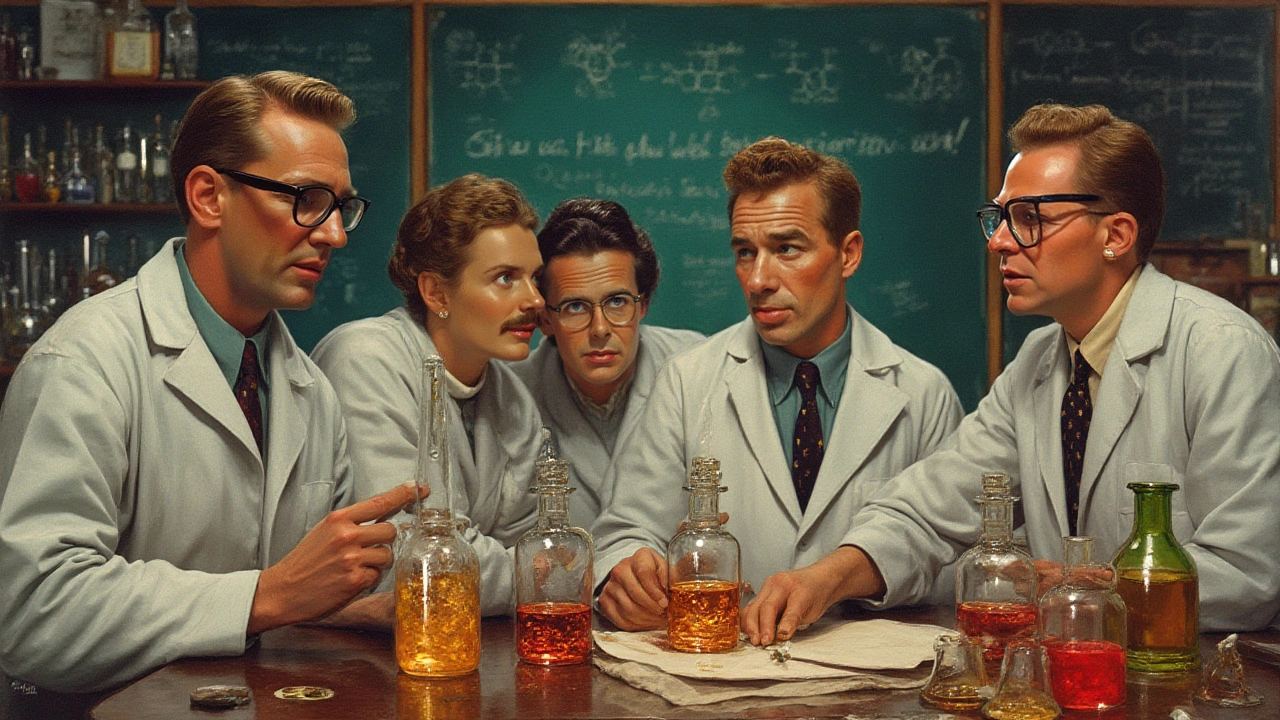History of Simethicone: From Lab Discovery to Bathroom Shelf
If you’ve ever taken a tablet to calm a bloated belly, you’ve probably used simethicone. It’s the quiet hero behind many over‑the‑counter gas‑relief products. But where did it come from? Let’s walk through the key moments that turned a lab curiosity into a staple in medicine cabinets.
Early Research and the Birth of a Molecule
Simethicone started its life in the 1950s. Chemists were looking for ways to break down bubbles in industrial processes, especially in oil drilling and food production. One team mixed silica (tiny glass particles) with silicone oil, creating a substance that could collapse foam. The result was a stable, safe compound that didn’t react chemically with other ingredients.
Pharmaceutical researchers spotted the foam‑breaking ability and thought, “What if we use this in the gut?” In the digestive tract, gas is trapped in tiny bubbles. If a compound can pop those bubbles, it can relieve pressure and pain. Early animal studies confirmed that the silica‑silicone mix reduced gas without being absorbed into the body.
From Prescription to Over‑the‑Counter
The first medical use of simethicone appeared in the early 1960s, marketed as a prescription medication for infants and patients with severe gas problems. The brand name “Mylicon” hit the U.S. market in 1962, offering a gentle, non‑systemic option for babies. Parents loved it because it didn’t contain acids or antibiotics—just a physical agent that worked locally in the stomach.
During the 1970s, demand grew beyond the hospital setting. Companies realized they could sell simethicone in lower doses as an over‑the‑counter (OTC) product. By the late 1970s, you could find simethicone tablets and chewables at any drugstore. The shift to OTC made it easier for anyone with mild bloating to get relief without a doctor’s note.
Since then, the formula has stayed essentially the same: tiny silica particles suspended in a silicone oil matrix. What has changed are the delivery formats—drops for infants, chewable tablets for adults, and even powders that mix with water. Brands like Gas-X, Phazyme, and Mylanta added flavors and sweeteners to make the experience more pleasant.
Simethicone’s safety record is one of its biggest selling points. Because it isn’t absorbed, it has virtually no side effects, making it suitable for pregnant women, children, and the elderly. The FDA classifies it as a “generally recognized as safe” (GRAS) ingredient, which is why you’ll see it listed on so many gas‑relief labels.
In recent years, researchers have explored new combos—pairing simethicone with probiotics or digestive enzymes to address broader gut issues. While the core chemistry remains unchanged, these blends aim to improve overall digestion, not just pop bubbles.
So, next time you reach for a simethicone tablet, you’re actually using a product with roots in industrial foam control, refined over six decades into a gentle, trusted remedy. It’s a simple molecule with a surprisingly rich backstory, and that history helps explain why it’s still the go‑to option for gas relief today.

10
Jul
Discover the surprising story behind simethicone's rise from a chemistry lab quirk to a go-to solution for gas relief. Get the facts, tips, and its unique place in modern medicine.
Read More